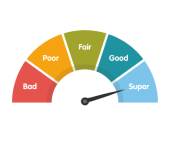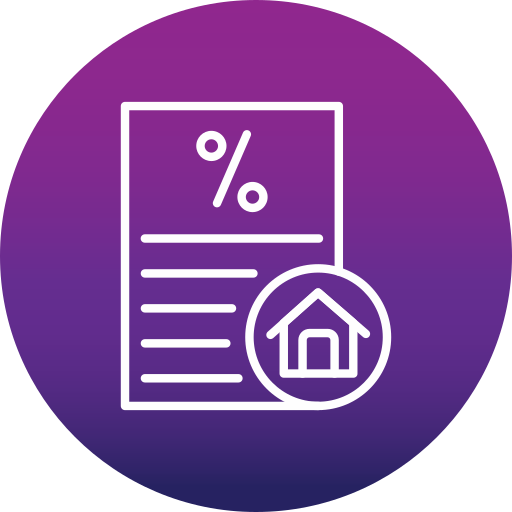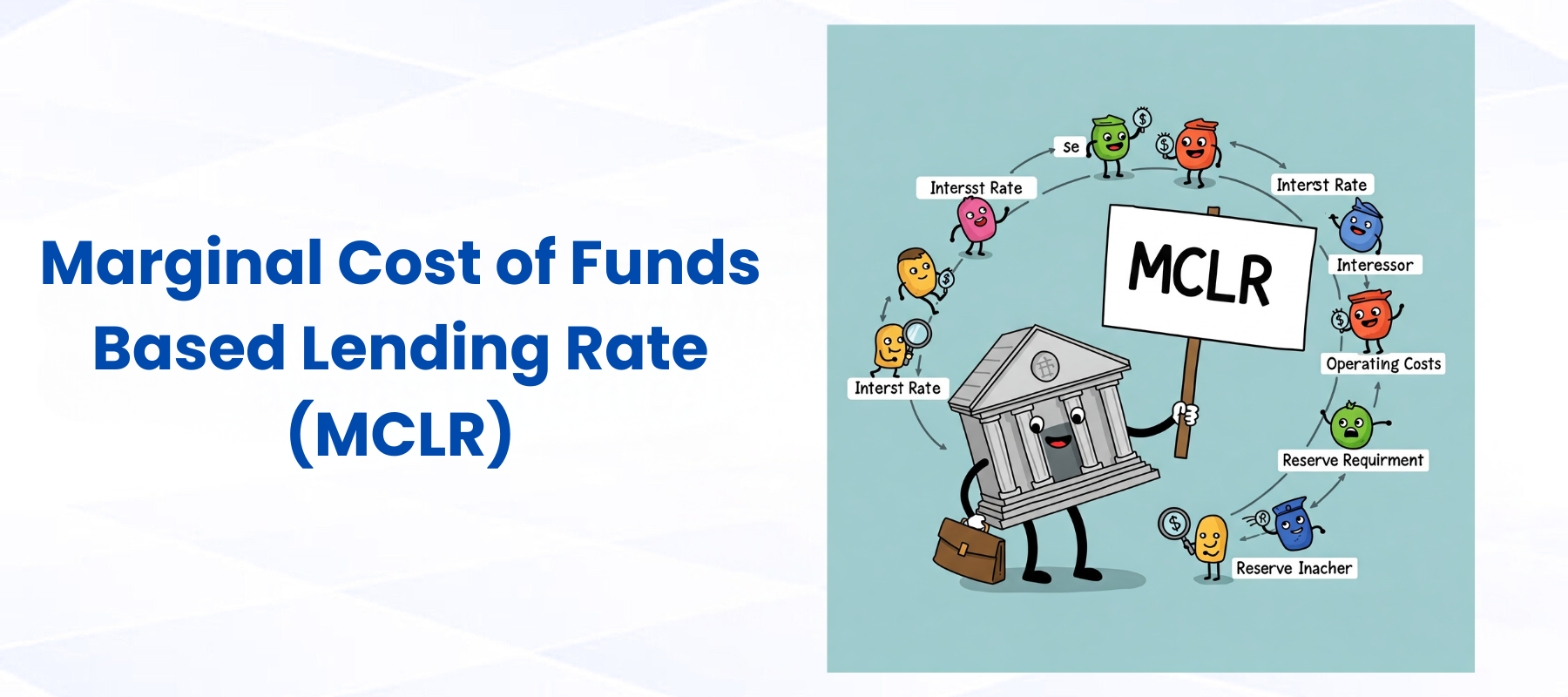Special Offers




Special Offers




08-May-2025 | Home Loan Eligibility

Introduction
The Marginal Cost of Funds Based Lending Rate (MCLR) is a critical concept in the realm of borrowing and lending. Introduced by the Reserve Bank of India (RBI) in April 2016, MCLR was designed to bring transparency to loan pricing and ensure borrowers benefit from changes in market interest rates. If you are planning to apply for a home loan or looking to refinance an existing one, understanding MCLR is essential. At Aavas Financiers Ltd., we simplify complex financial concepts like MCLR to help you make informed decisions.
What is MCLR?
MCLR is the minimum interest rate below which a bank cannot lend, except in specific cases allowed by the RBI.
● Significance: It ensures that lending rates are linked to the bank's cost of funds, making them more market-driven.
● Objective: To enhance transparency and ensure quick transmission of changes in the RBI’s repo rate to borrowers.
Components of MCLR
The MCLR is calculated using several components:
Marginal Cost of Funds: This includes the bank’s cost of deposits and borrowings.
Negative Carry on CRR: The cost banks incur due to the Cash Reserve Ratio (CRR) mandate by the RBI.
Operating Costs: Administrative and overhead expenses incurred by the bank.
Tenor Premium: Higher rates charged for loans with longer repayment tenures.
How Does MCLR Work?
● Banks calculate and publish MCLR rates for different tenures, such as overnight, one month, three months, one year, etc.
● Borrowers with floating-rate loans have their interest rates periodically adjusted based on the applicable MCLR.
● The interest rate applicable to a loan is typically "MCLR + Spread," where the spread is a fixed percentage determined by the bank.
Impact of MCLR on Borrowers
Lower Borrowing Costs
○ Borrowers benefit when the RBI reduces repo rates, as banks are mandated to reflect these changes in their MCLR.
Transparent Loan Pricing
○ MCLR ensures that the interest rates borrowers pay are directly linked to the bank's funding costs, reducing arbitrary rate-setting.
Frequent Rate Adjustments
○ Interest rates on loans are revised periodically, usually every 6 or 12 months, based on the MCLR at that time.
MCLR vs. Base Rate
Here’s a quick comparison to understand how MCLR differs from the base rate system:
Advantages of MCLR for Borrowers
Dynamic Rates: Reflects current market trends, ensuring fair pricing for borrowers.
RBI Rate Transmission: Faster transmission of rate cuts benefits borrowers in a falling interest rate scenario.
Clarity in Lending: Transparent pricing eliminates hidden charges and surprises.
How to Check MCLR for Your Loan?
Visit the official website of your bank to find their latest MCLR rates.
Confirm the applicable MCLR tenure (e.g., one-year MCLR) for your loan.
Check the "spread" or additional percentage added to MCLR for your specific loan product.
Aavas Tip: If you’re refinancing your loan with us, our experts will assist you in comparing MCLR rates to make the best choice.
What Should Borrowers Do in a Rising MCLR Scenario?
When MCLR increases due to market conditions, borrowers might face higher EMIs or extended loan tenures. Here are ways to manage this:
● Prepayment: Reduce your loan burden by making prepayments whenever possible.
● Loan Refinancing: Transfer your loan to a lender offering competitive rates.
● Review Fixed Rates: Consider switching to a fixed-rate loan to lock in stable EMIs.
How Aavas Financiers Can Help
While MCLR is relevant for banks, NBFCs like Aavas Financiers offer flexible interest rate structures tailored to individual needs. Here’s why borrowers choose us:
● Competitive Rates: Transparent and market-aligned pricing.
● Personalized Solutions: We design loan offerings to suit your financial goals.
● Expert Guidance: Our team simplifies complex terms like MCLR for your better understanding.
Example Scenario
Scenario:
● Loan Amount: ₹25,00,000
● MCLR: 7%
● Spread: 1.5%
● Interest Rate: 7% + 1.5% = 8.5%
Outcome: This calculation helps you evaluate potential Loan EMI and total interest costs, ensuring you make an informed choice.
Conclusion
Understanding the MCLR system is crucial for borrowers to make informed decisions regarding their home loans. Whether you're applying for a loan or refinancing an existing one, keeping an eye on market trends can help you save money. At Aavas Financiers, we prioritize transparency and offer customized loan solutions to meet your needs. Apply today and take the first step toward financial clarity and security!